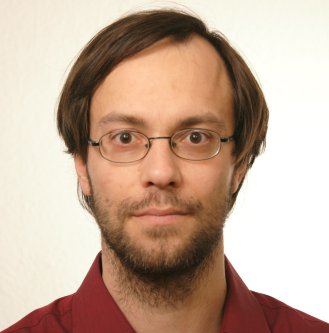


Assemblies of weakly interacting molecules (so-called molecular aggregates) have become remarkably versatile quantum systems with applications in photography, opto-electronics, solar cells, and photo-biology. The remarkable properties of these aggregates stem from the strong transition dipole-dipole interaction between the individual molecules which leads to eigenstates with excitation shared coherently by a large number of molecules. As a consequence, electronic excitation can migrate through the aggregate and new superradiant optical properties emerge.
In this talk I will give an introduction on the relationship between the structure of the aggregate (spatial arrangement, molecular properties, environment) and the resulting optical and transfer properties with a focus on the the important role of coupling to vibrational modes. As examples I will discuss superradiant emission of molecules on dielectric surfaces and energy transfer in biological light harvesting systems.



Assemblies of weakly interacting molecules (so-called molecular aggregates) have become remarkably versatile quantum systems with applications in photography, opto-electronics, solar cells, and photo-biology. The remarkable properties of these aggregates stem from the strong transition dipole-dipole interaction between the individual molecules which leads to eigenstates with excitation shared coherently by a large number of molecules. As a consequence, electronic excitation can migrate through the aggregate and new superradiant optical properties emerge.
In this talk I will give an introduction on the relationship between the structure of the aggregate (spatial arrangement, molecular properties, environment) and the resulting optical and transfer properties with a focus on the the important role of coupling to vibrational modes. As examples I will discuss superradiant emission of molecules on dielectric surfaces and energy transfer in biological light harvesting systems.